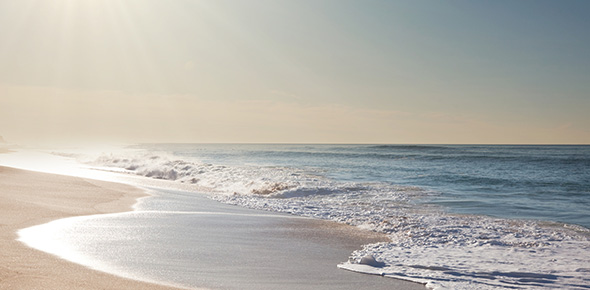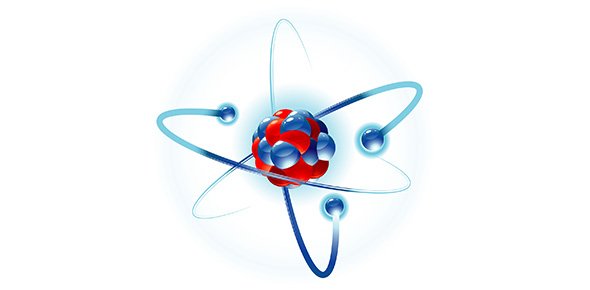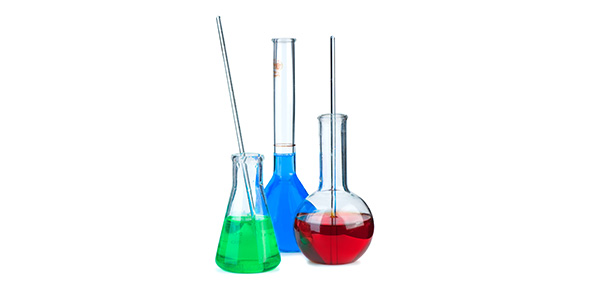Related Flashcards
Related Topics
Cards In This Set
| Front | Back |
|
Describe differences between summertime and wintertime beaches. Why do these differences occur?
|
Summer beaches: light waves, sand moves landward, wide berm, causes build up of sand
Winter beaches: stronger waves, sand moves seaward, offshore bars (beaches have less sand b/c it has eroded |
|
What is longshore drift and how is it related to longshore current?
|
Longshore drift is movement of sediment in a zig zag fashin. It is caused by the longshore current.
Longshore current is what is moving the water and sediment |
|
Describe the response of a barrier island to a rise in sea level. Why do some barrier islands develop peat deposits running through them from the ocean beach to the salt marsh?
|
The barrier reef moves inland due to the rising sea level. The entire island rolls over itself. The peat deposits are formed by the build of of the organic matter in the marsh.
|
|
Compare the causes and effects of tectonic vs. eustatic changes in sea level.
|
Tectonic- most dramatic, effects elevation of land, emerging shoreline b/c of tectonic plate activity, local sea level falls (ISOSTATIC)
Eustatic- global changes in sea level, changes in sea floor spreading rate, ice volumes change, thermal expansion due to warming climate |
|
List the types of hard stabalization and describe what each is intended to do.
|
Groin- trap sand moving along coast in longshore transport
jetty- protect harbor entrances from waves and trap sand migrated eastward across coast breakwater- break waves and create a harbor, accumulates sand, parallel to beach seawall- armor the coastline |
|
Name types of coastal wetland environments and the latitude ranges where each will likely develop. How do wetlands contribute to the biology of the oceans and the cleansing of polluted river water?
|
Mangroves- below 30 degrees latitude (tropics)
removes pollutants, gentle places, good for organisms Salt marshes- between 30-65 degrees latitude salt and clay |
|
What factors lead to a wide seasonal range of salinity in Laguna Madre?
|
Less than a meter deep which causes large seasonal changes (really shallow)
south padre island keeps the lagoon protected from the open ocean subsurface flow- hypersaline really narrow passages |
|
Draw and describe the 4 major classes of estuaries
|
Coastal plain- drowned river valleys
fjord- area of land carved out by glacier and filled in (u-shape, steep side and deep) bar-built estuary- shallow and separated from open ocean by sand bars running parallel to coast tectonic estuary- folding or faulting causes a restricted downdropped area where rivers flow |
|
Describe lifestyles of plankton, nekton, and benthos. Why is it true that plankton account for a much larger percentage of the ocean's biomass than benthos and nekton?
|
Plankton- drift
benthos- on bottom nekton- swimmers Because there is so much more mass and area the plankton live in and is an easy lifestyle |
|
List the relative number of species of animals found in the terrestrial, pelagic, and benthic environments, and discuss the factors that may account for this distribution.
|
Benthic- 98%
pelagic- the rest only 14% of species live in water b/c of unique habitats they can evolve into so many more terrestrial species Pelagic is the same everywhere (cold and dark) ocean has uniform conditions |
|
Why is biological productivity relatively low in tropical open ocean, where penetration of sunlight is greatest?
|
B/c of the warm sunlight- warm surface waters, cold bottom waters.
Because of thermocline you cannot mix the water |







